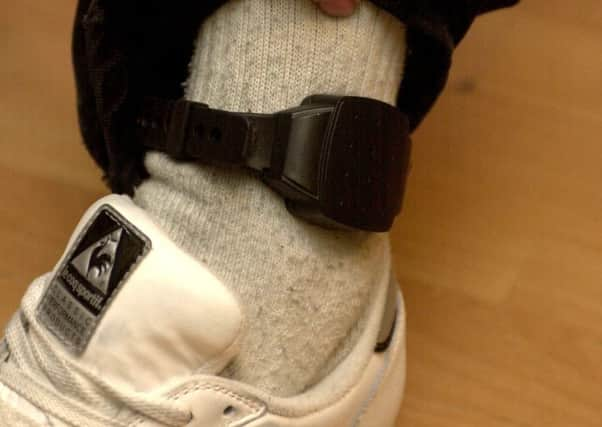Sheriffs urged to tag criminals to cut '˜swollen' prison rates


A new study involving Stirling University has revealed growing support among police, prison staff, charities and social workers for changes to the use of electronic monitoring tagging in Scotland.
Scotland’s prison population rate is one of the highest in western Europe and recent figures revealed some sheriffs and courts use tagging – known as electronically monitored Restriction of Liberty Orders (RLO) – as an alternative to custodial sentences more than others, some barely using them at all.
Advertisement
Hide AdAdvertisement
Hide AdLecturer in Criminology and report co-author Dr Hannah Graham said: “The use of electronic monitoring in Scotland over the last 15 years can be characterised as relatively simple but stable in approach. There’s plenty of momentum among most participants in this study to pursue more innovative and tailored uses.
“Sheriffs are important decision-makers, but there’s a need for greater clarity and consistency between sheriffs and courts about how and why they use electronic monitoring. Whether you get tagged or sentenced to prison should not depend on where you live and who sentenced you.”
The study – involving an international team of academics from the UK Belgium, Germany and the Netherlands and commissioned by the European Union – highlighted how in 2015, the rate of RLOs imposed by sheriffs in Glasgow was 256 per cent higher than in Edinburgh, with 314 RLOs imposed in Glasgow compared to 88 in the capital.
It also found “a moderately high” completion rate for people with RLOs with and evidence that most monitored people completed their time without breaching conditions imposed on them.
Dr Hannah Graham said: “Electronic monitoring offers a versatile and flexible tool in trying to reduce Scotland’s swollen prison population, but its use must be proportionate and not in isolation.”
The report concluded that rather than home curfews or exclusion zones, people who are tagged take part in meanigful activities such as voluntary work or education courses.
A Scottish Government spokesman said: “We welcome the research findings, which will play an important part in informing the future of electronic monitoring in Scotland.”
He said 1001 people in Scotland were currently tagged.